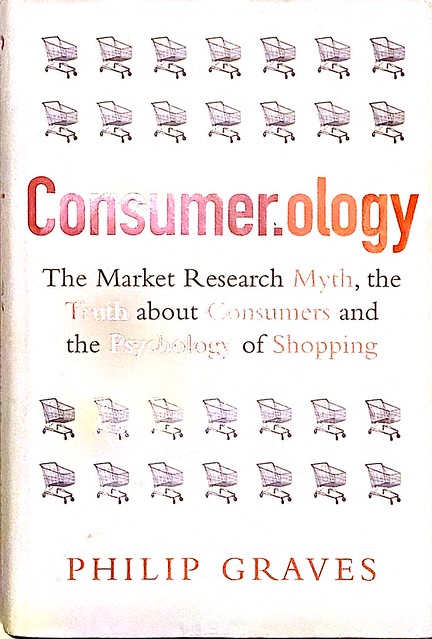Like most people at the moment I have been following the US presidential election. What struck me was the state of US political reporting I was watching on US network ABC and foreign media coverage.
Polls
Something seems to have gone wrong with polling methodologies. There are a variety of explanations for this but the impact is felt on US political reporting.
- There is a lack of polling coverage in areas that are more likely to vote Republican: white working class, working people in rural areas
- Conversely the models tend to skew more towards urban and suburban based voters
- The very nature of polling questions is usually done out of context
Qualitative data
What becomes apparent is the there are huge swathes of the country that there is no longer qualitative research from. There are no longer local newspapers in a number of areas and ‘local’ TV networks are often an agglomeration of several former stations. This impacts on the granularity of the US political reporting. The greatest impact of this is felt in areas that are also ‘under-polled’.
Disintermediation of the media
The campaign for incumbent president Donald Trump seems to have been organising under the radar on social media and seems to have focused on getting more people who share their world view to get out and vote rather than reach ‘new constituencies’. This aspect of the campaign seems to have been missed by media pundits.
In many respects it resembles the UK leave referendum grassroots campaigners and supporters of Nigel Farage’s various reactionary political efforts. What they lack in absolute numbers, they try and make up for in commitment to getting out their base.
This resulted in Republican supporters creating convoys of cars and pickup trucks in their neighbourhoods to show their visibility, creating a form of social proof.
Opinions
Instead of data, the US political reporting seems to be based on the opinions of pundits affiliated to both major parties. This allowed networks and audiences to ‘drink their own kool-aid’.
While the Democrat presidential candidate Joe Biden’s campaign strategy was to try and build interest across the spectrum – there wasn’t a manifesto the way we’d understand it in Europe.
Instead there was an exchange of negative character messages about each candidate bolstering this wider battle of opinions over substance. This hasn’t been questioned in the US political reporting that I’ve seen, which surprised me.
More media related content here.

